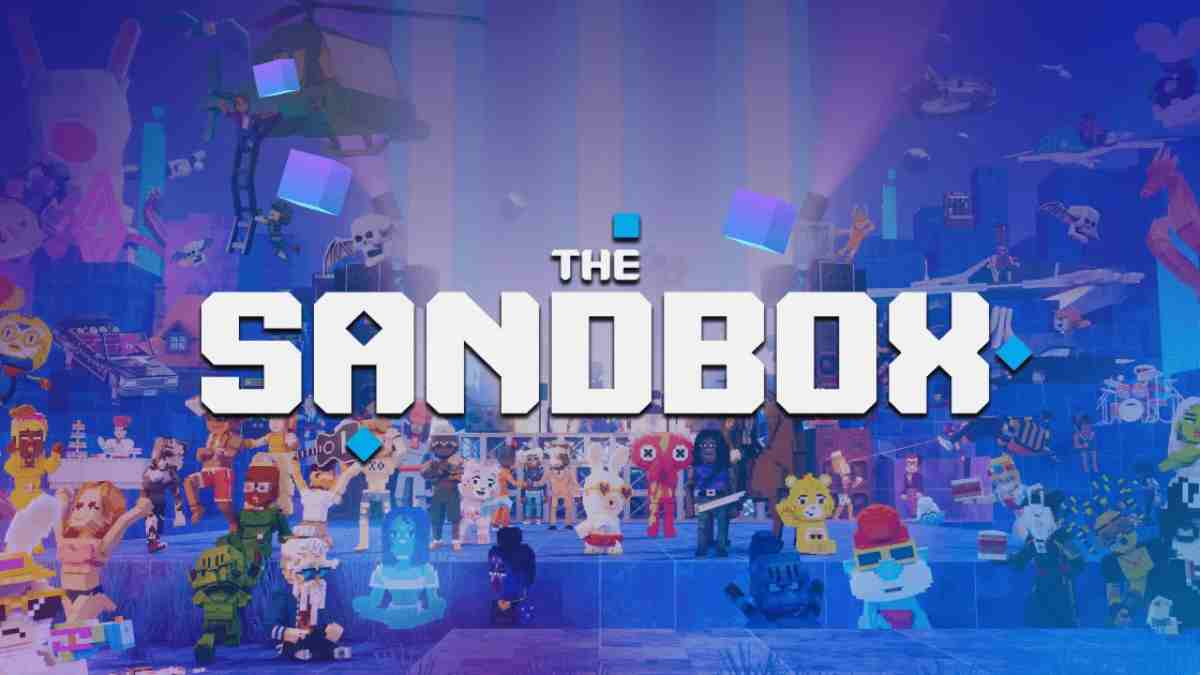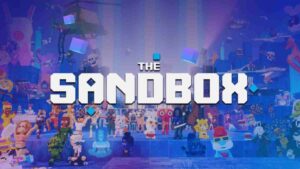The Sandbox has been around long enough that most people associate it with the early wave of blockchain-based metaverse platforms. But in 2025, the project seems to be shifting gears — not abandoning its roots, but trying to find firmer ground through regional expansion, mobile access, and deeper creator support.
A recent batch of updates points to a clear strategy: focus on local markets, improve the builder ecosystem, and open the door to mobile. It’s less about buzzwords now and more about keeping the platform relevant as user expectations evolve.
Brazil Becomes a Key Market
One of the more noticeable moves is the launch of a dedicated Brazil initiative. It’s not just localization. The project is building out Brazil-specific events, partnerships with local brands, and onboarding regional creators. The idea seems to be a more curated experience aimed at cultural relevance, not just a translated UI.
This follows a broader trend among Web3 projects to find growth in emerging markets, where digital ownership tools are often received with more openness. Brazil already has an active crypto user base, so this isn’t a random choice. What’s less clear is how sustainable this push will be once initial campaigns end.
Mobile Launch Begins in Soft Mode
After being desktop-only for years, The Sandbox has started soft launching its mobile version in select regions. The version isn’t feature-complete yet, but it supports avatar-based movement and lets users enter certain game experiences. It’s a limited rollout for now, with more functionality expected throughout the year.
Mobile access could be a turning point. Much of the current Web3 user base is mobile-first, especially in Latin America and Southeast Asia. But the Sandbox experience will need to be streamlined — what works on desktop doesn’t always translate smoothly to phones. Performance, navigation, and UX will all be pressure-tested here.
Creator Tools Get a Boost With Self-Publishing
The platform has opened up self-publishing for landowners, meaning creators can launch their own game experiences without waiting for centralized approval or coordination. This change hands more control to users who want to build, test, and iterate faster.
The move aligns with the broader goal of decentralizing content creation, but there are still limits. Visibility depends heavily on community traction, and monetization tools are still evolving. That said, opening the gates this way reduces friction for developers and hobbyists trying to gain a foothold.
Token Use Still Tied to Core Features
SAND, the platform’s token, continues to function as the backbone for land ownership, asset trading, and in-world purchases. There hasn’t been a major shift in how the token is used, but new features like mobile and self-publishing may introduce different economic flows over time. Token dynamics will likely stay tied to user activity and builder tools rather than speculation. For now, it’s mostly functional: access, trade, and customization within the ecosystem.
A Platform in Transition
The Sandbox isn’t pivoting away from blockchain or UGC, but it’s clearly trying to mature. By localizing in Brazil, expanding to mobile, and giving creators more autonomy, the team seems focused on practical growth rather than narrative shifts. Whether these steps are enough to re-energize the user base remains to be seen. But after a quiet stretch, it’s a notable update cycle for a platform that helped define early metaverse talk and now needs to prove it can evolve beyond it.
Web3 Analyst & Play Blockchain Games Guide
CryptoKit breaks down Web3 gaming like it’s second nature. From tokenomics to airdrop strategies, she turns blockchain chaos into clear, actionable advice for players who want to win more than XP.




